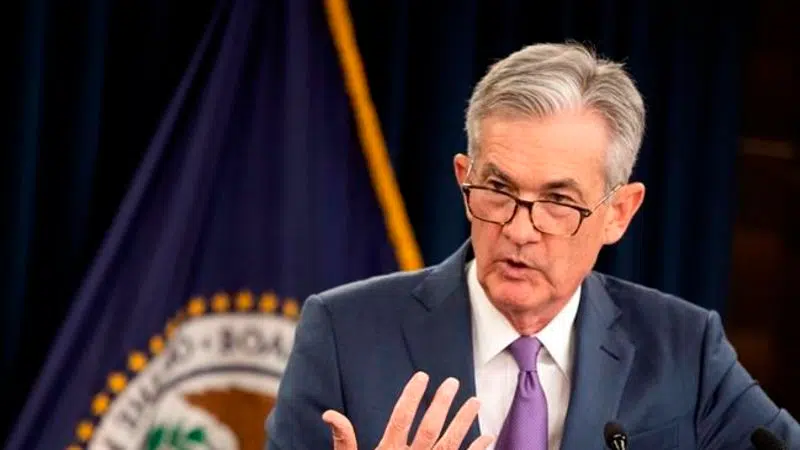
A divided Fed cuts key rate for 2nd time this year
WASHINGTON — A sharply divided Federal Reserve cut its benchmark interest rate Wednesday for a second time this year while saying it’s prepared to continue doing what it deems necessary to sustain the U.S. economic expansion.
The Fed’s move will reduce its benchmark rate — which influences many consumer and business loans — by an additional quarter-point to a range of 1.75% to 2%.
The action was approved 7-3, with two officials preferring to keep rates unchanged and one arguing for a bigger half-point cut. It was the most Fed dissents in three years.
The U.S. economy appears durable in its 11th year of growth, with a still-solid job market and steady consumer spending. But the Fed is trying to combat threats including uncertainties caused by President Donald Trump’s trade war with China, slower global growth and a slump in American manufacturing. The Fed notes in its statement that “business fixed investment and exports have weakened.”


